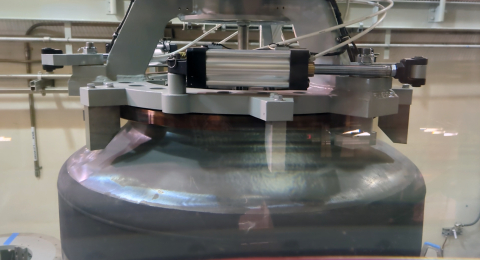
Crews at the Hanford Site’s Waste Treatment and Immobilization Plant are using containers of test glass to hone their skills on operating equipment used to seal lids on containers that will be filled with immobilized waste.
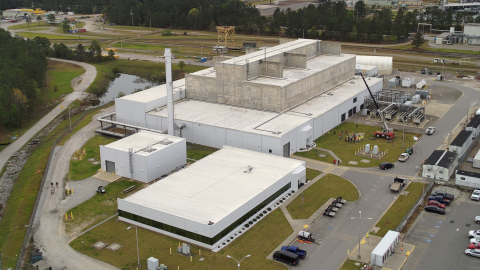
A team of federal contractor and national laboratory engineers and scientists from the U.S. Department of Energy (DOE) Office of Environmental Management (EM) has been nationally distinguished as “Heroes of Chemistry” for making the world better through their effort, ingenuity, creativity and perseverance.

The Hanford Site continues to reduce environmental risk as crews start retrieval operations of radioactive and chemical waste from a third set of underground storage tanks.
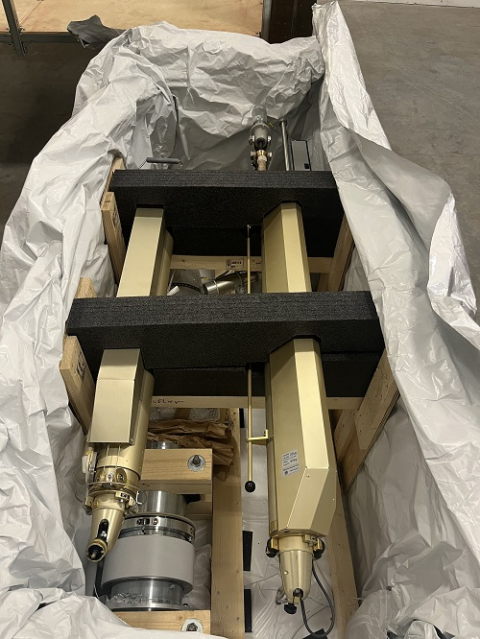
The Hanford Site’s 222-S Laboratory, operated by contractor Navarro-ATL, is upgrading the specialized equipment personnel use to safely handle and analyze samples to support cleanup operations across the site.
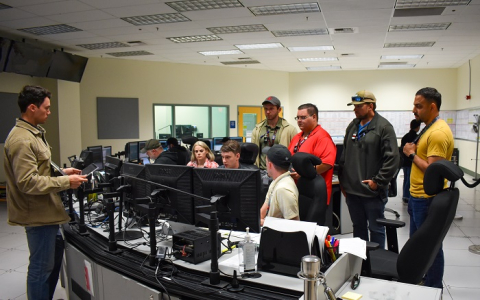
Control room personnel monitor systems at the Hanford Site’s Waste Treatment and Immobilization Plant after recently adding the first batch of “tuning feed” to one of the plant’s large melters.
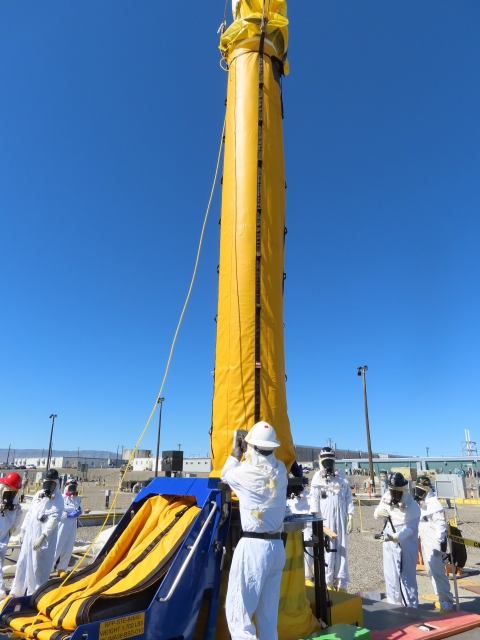
Hanford workers recently used a robotic arm to help remove an old 34-foot pump from a large underground tank, called AP-102, that stores radiological and chemical waste.
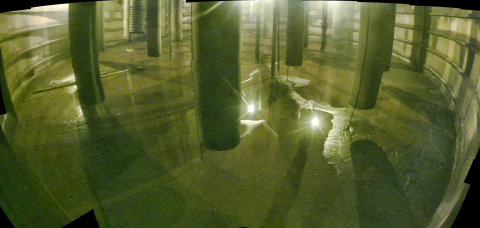
Workers have finished removing radioactive waste from the 21st large underground storage tank as part of the massive cleanup of the Hanford Site in southeast Washington state.
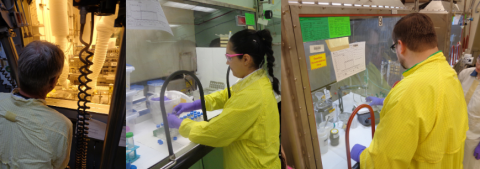
Technicians at the Hanford Site’s 222-S Laboratory, operated by U.S. Department of Energy Office of Environmental Management contractor Navarro-ATL, are processing the second batch of radioactive tank waste samples in support of the Direct-Feed Low-Activity Waste (DFLAW) Program.
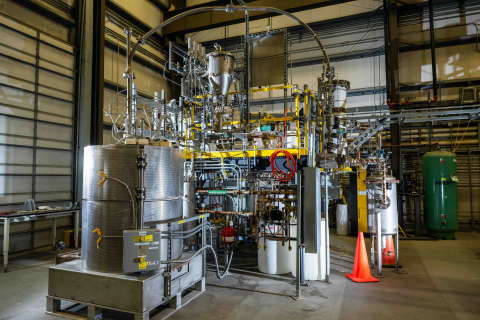
For more than a decade, the U.S. Department of Energy Office of Environmental Management’s Office of River Protection has collaborated with national and international laboratories, universities and glass industry experts to plan and prepare for 24/7 operations at the Waste Treatment and Immobilization Plant (WTP) at the Hanford Site.

Workers recently unloaded a shipment of more than 10,000 gallons of sodium hydroxide delivered to the Hanford Site’s Waste Treatment and Immobilization Plant (WTP). The liquid sodium hydroxide will be the first chemical fed into the plant’s melters to simulate Hanford tank waste.

